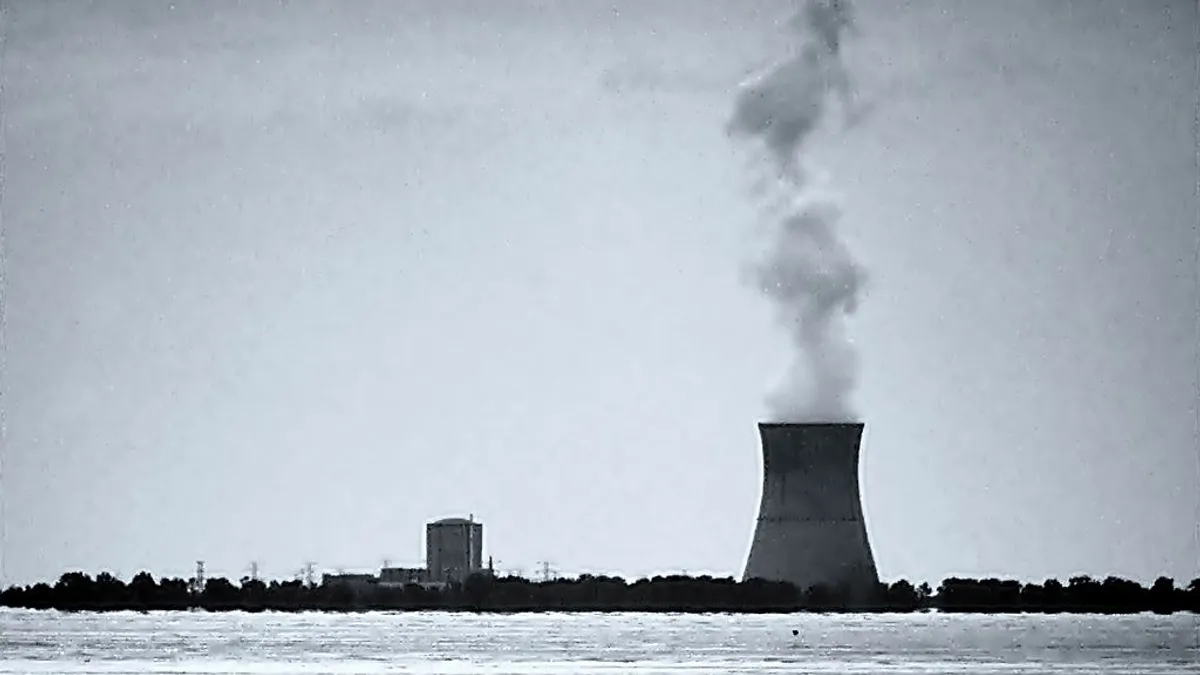Dive Brief:
- PJM Interconnection has published four documents focused on market design and possible changes to price formation, including an an overview introducing and linking to three working papers.
- Two of the papers introduce proposals to address state subsidy issues, including a proposal to integrate carbon prices into power markets and a proposal for two-part capacity market auctions similar to an earlier plan floated by ISO-New England.
- A third paper addresses price formation in PJM’s energy market and considers whether changes are necessary to market rules governing when and under what circumstances a generator is eligible to set marginal prices.
Dive Insight:
Just weeks after the results of PJM Interconnection's latest forward capacity auction were unveiled, the grid operator is taking a closer look at how to reconcile state energy goals with wholesale market operations.
In the absence of a national clean energy policy, a number of states have enacted renewable portfolio standards to support the deployment of wind and solar energy. And last year, Illinois and New York instituted nuclear power subsidies to prevent a number of large plants from retiring prematurely, sparking similar debates in four other states.
"Increasingly, public policies seek to recognize value associated with generation plants beyond their cost effectiveness and reliability attributes," PJM said.
Generators complain that these "around-market" policy goals are discriminatory and drive down power prices, potentially forcing unsubsidized fossil fuel plants offline. Those complaints were the subject of a technical conference last month at the Federal Energy Regulatory Commission, and PJM's new working papers are updates to proposals submitted for consideration at that meeting.
The carbon pricing proposal seeks to allow states to put a cost on emissions in power markets, rather than using around-market procedures to support clean energy. The paper proposes a single carbon price among willing states with a "border adjustment" to ensure "energy exports from the carbon price sub-region could be competitive on equal footing in non-carbon price sub-region."
The capacity auction proposal, by contrast, would seek to mitigate for existing around-market incentives. After subsidized resources clear the market, the grid operator would recalculate prices for unsubsidized plants by "[r]emoving offers submitted by subsidized units ... "and [r]eplacing those offers with reference price offers reflecting what would be a competitive offer from a unit of that type and vintage."
PJM said its price formation proposal does not respond per se to state subsidy programs, but instead examines whether rapid changes in the power industry "require re-examination of PJM rules that define when and under what circumstances a generator is eligible to set marginal prices."
The paper's hypothesis is that the "correct" energy price at times is "understated" by rules that disqualify inflexible generation from setting price, even when those plants are necessary and economic.
"If this hypothesis is accurate, the pricing problem does not arise because subsidies have distorted prices. Rather, state programs, to some extent, may be a response to organic deficiencies in market design," PJM theorized. "Getting the market design 'right' from the standpoint of price formation – which is justified on its own merits – may have the secondary effect of reducing forces motivating subsidy programs."














